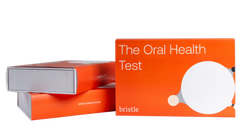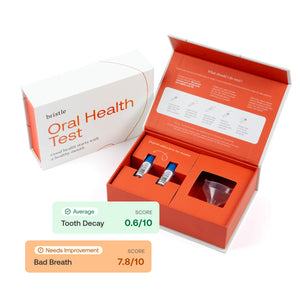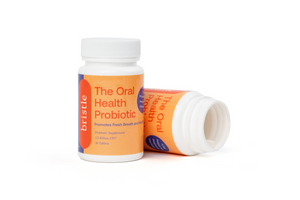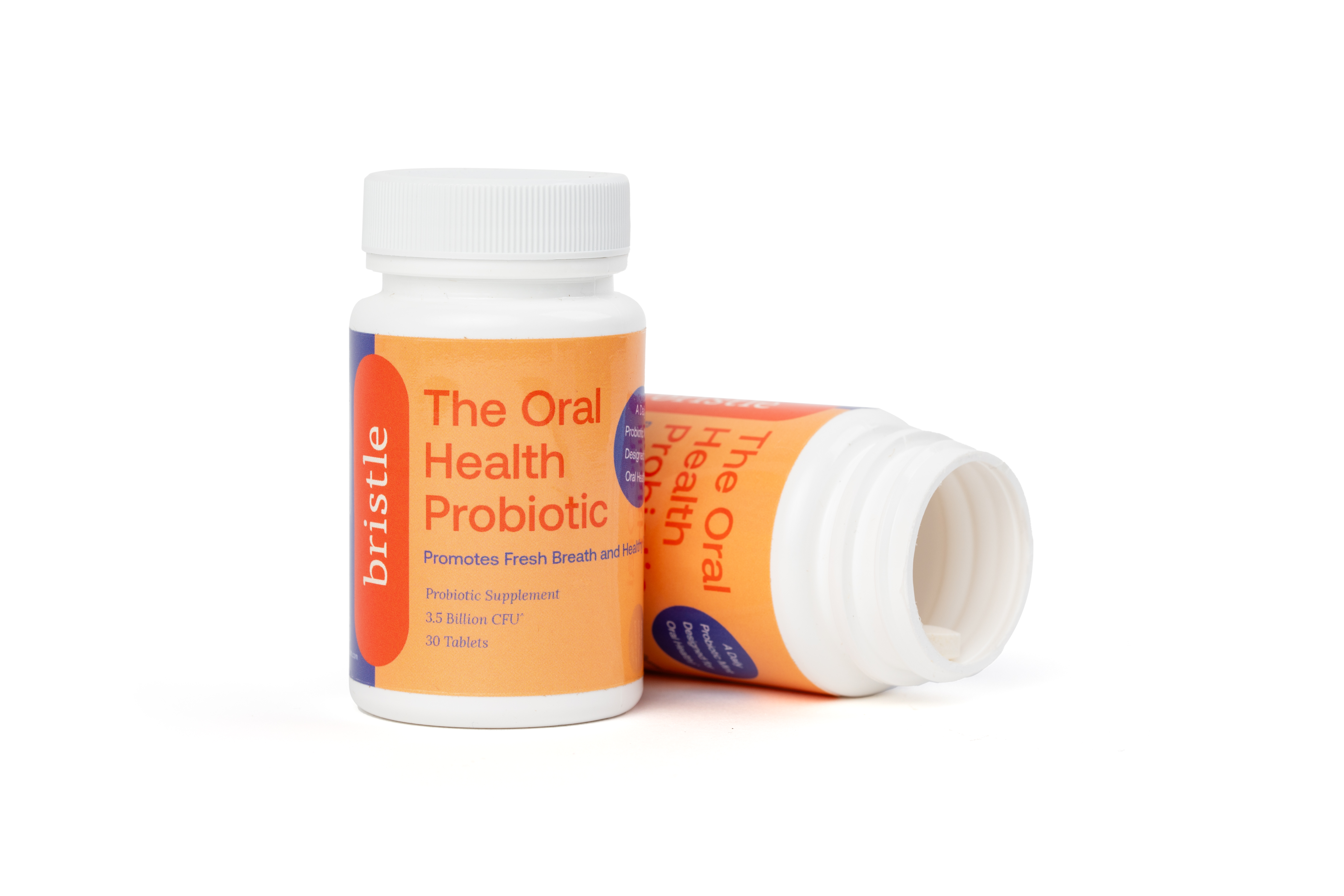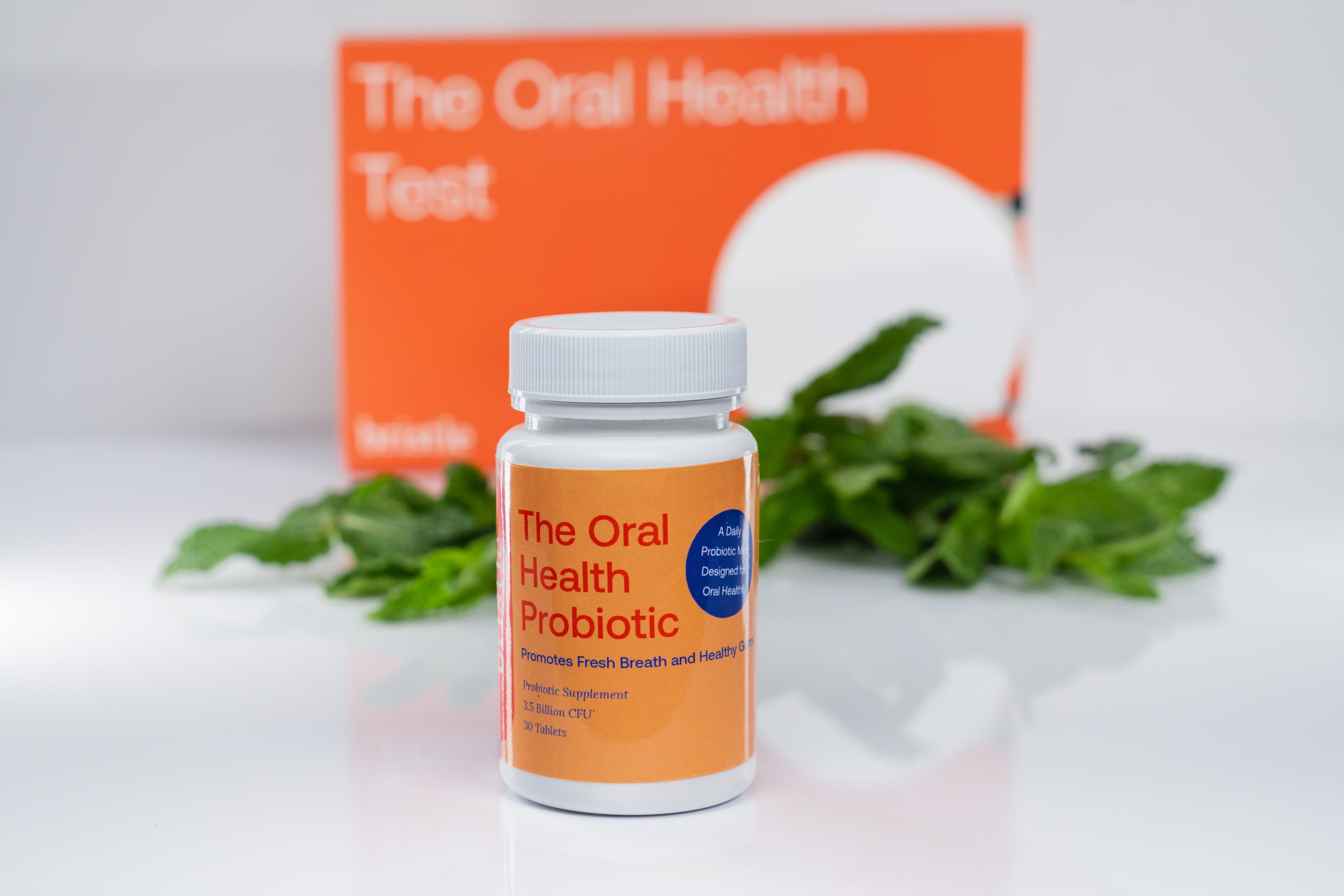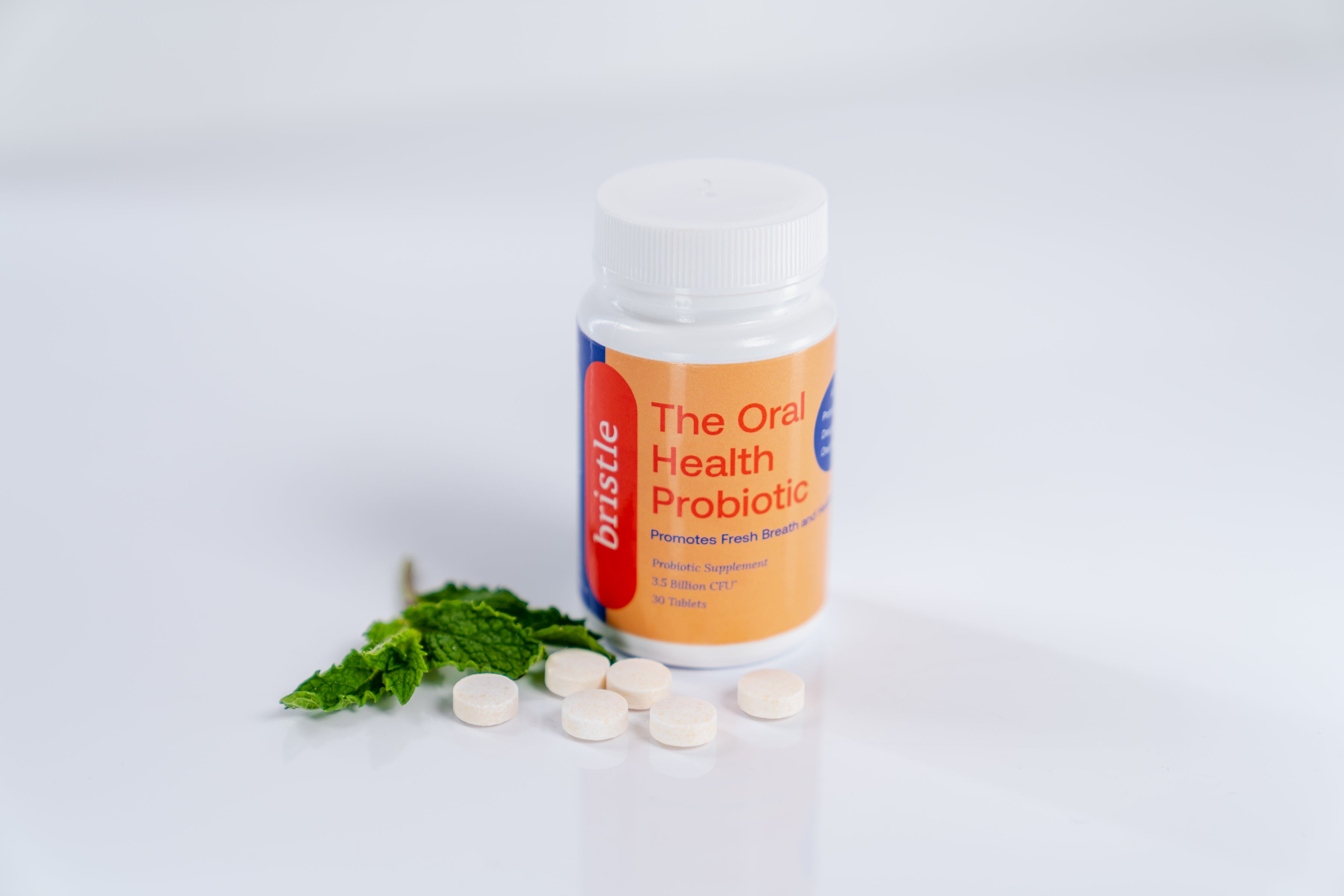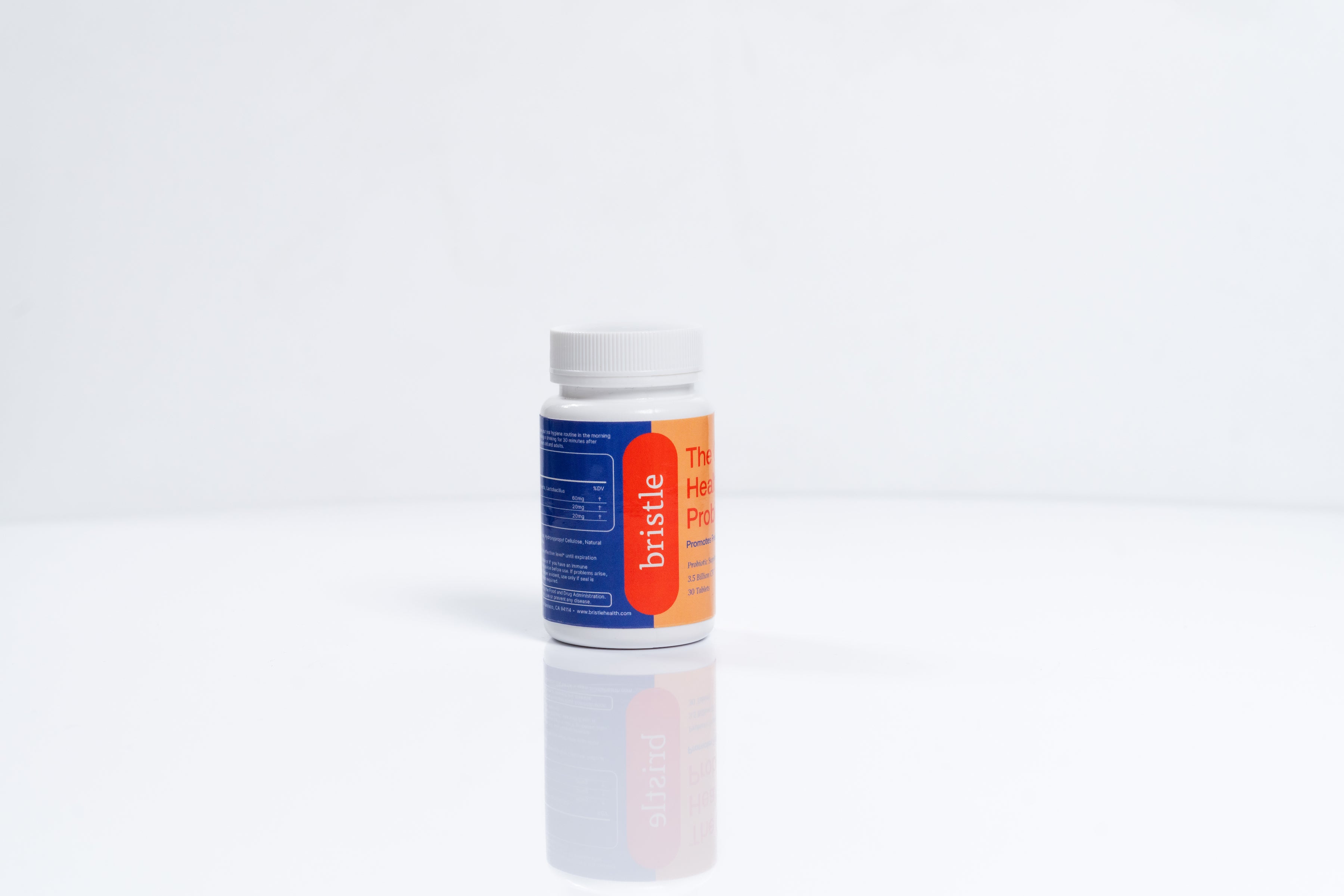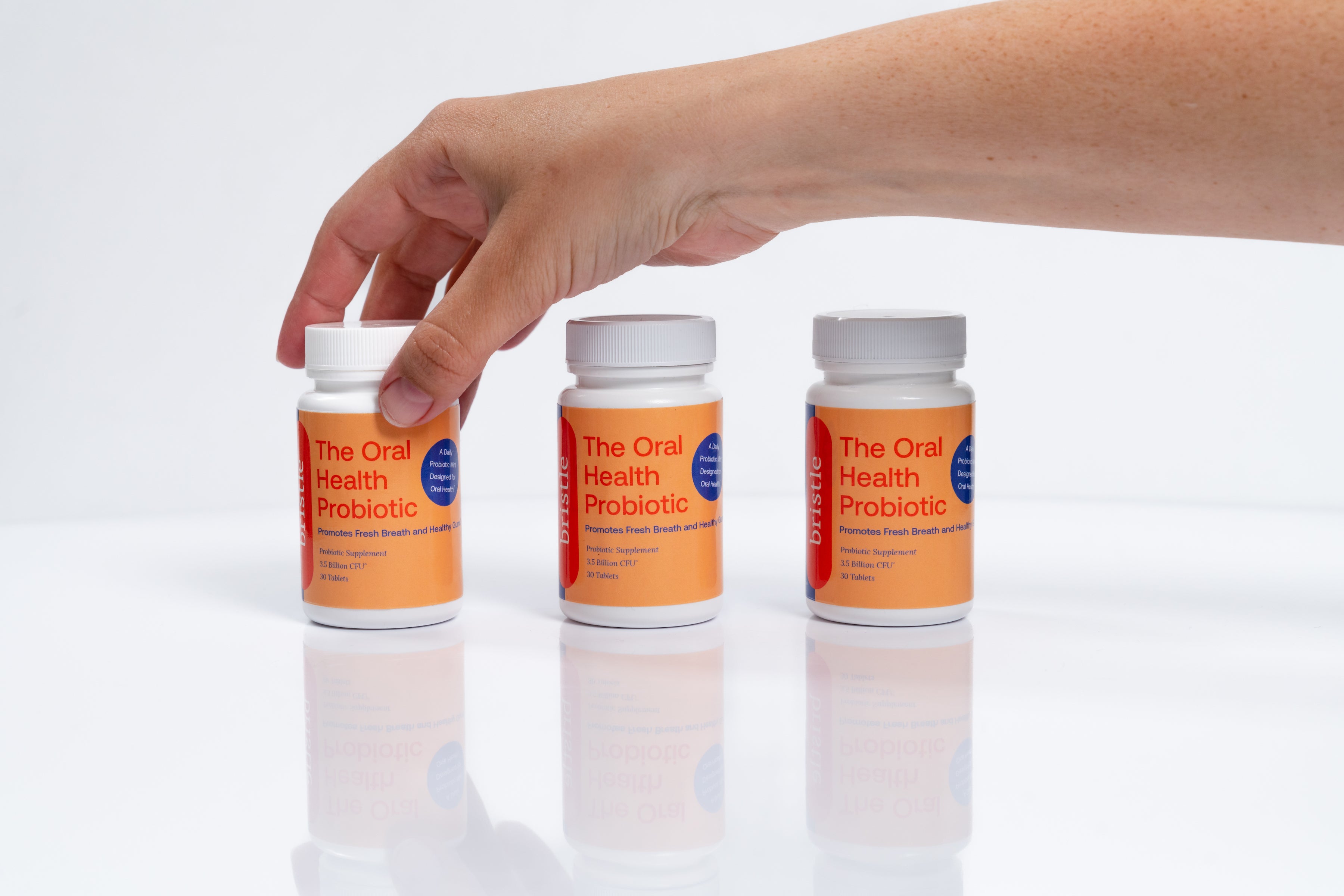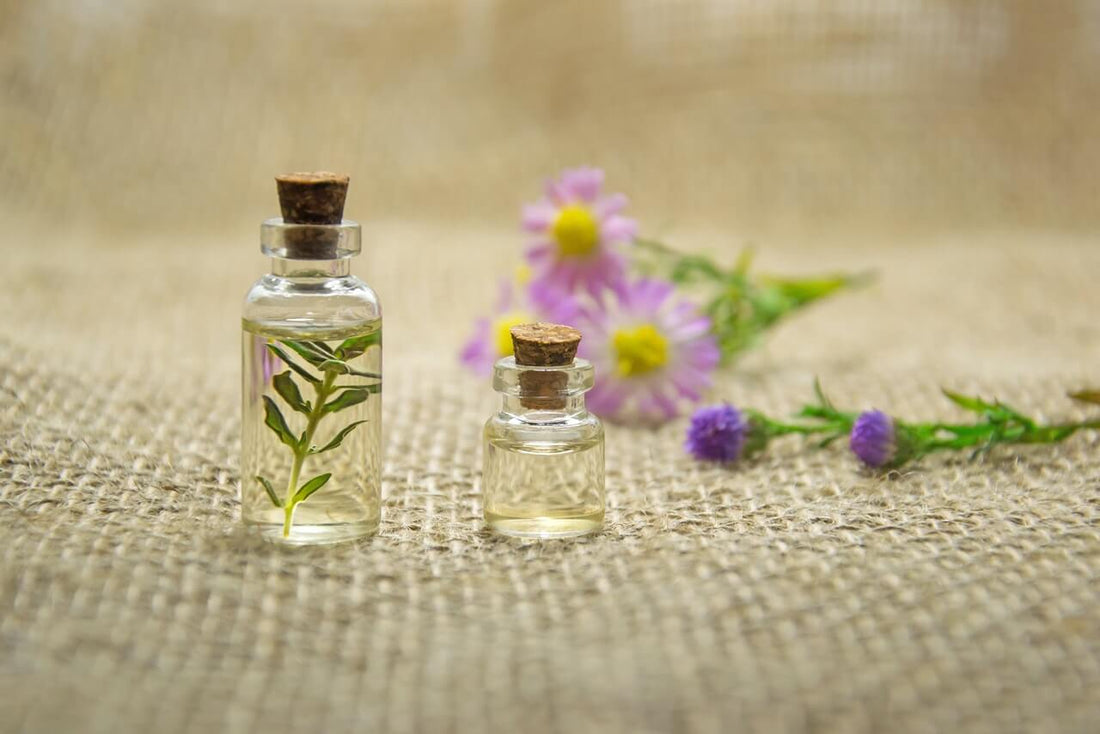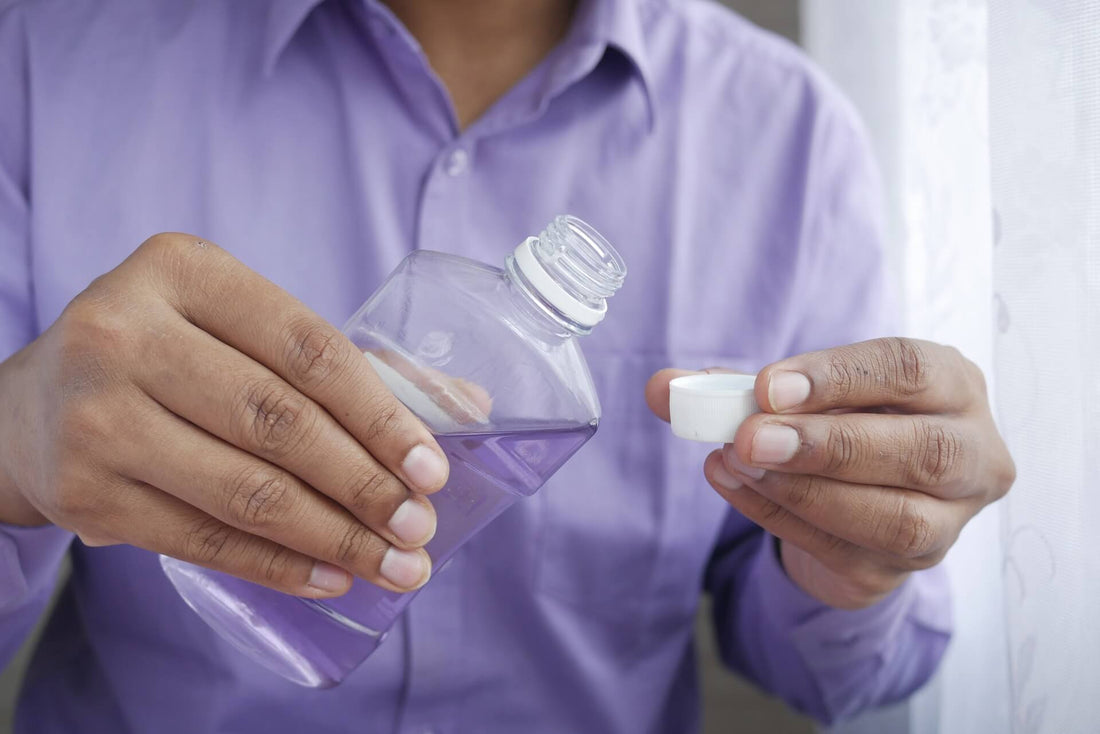It seems everybody wants to have a bright, white movie-star smile. The good news is that accessible and affordable modern dental care makes this attainable for just about anyone.
Are you interested in whitening your teeth a few shades? Are you wondering how best to do it? You might have shied away after hearing about people damaging their teeth with tooth whitening products. However, you can safely and effectively whiten your teeth by using the correct methods. We’ll explore those methods below.
What causes teeth stains?
To effectively whiten your teeth, it’s best to know why your teeth are discolored. There are two types of teeth stains — extrinsic and intrinsic (outside and inside).
Extrinsic stains are caused by outside environmental factors or behaviors that affect your teeth. For example, smoking or drinking certain beverages like coffee can leave stains on the surface of your teeth.
Because these stains are on the outside of your teeth, they are easier to remove. Most over-the-counter whitening products (which we’ll explain more about in a minute) work primarily to remove extrinsic stains.
Intrinsic stains are stains in the inside of the tooth that show through the layers of dentin and enamel. Instead of being caused by something that happens to the tooth, these stains are caused by something from within the body.
Common examples include:
● The natural tooth color, which varies from person to person.
● Genetic disorders that can discolor teeth from the inside.
● Aging (teeth naturally darken as you get older).
● Medication side effects (for example, antibiotics administered when the patient was a child).
As you might imagine, intrinsic stains are more difficult to remove — though not always impossible. However, topical treatments are unlikely to work very well.
Teeth whitening methods
There are various teeth whitening options available. Which will be most effective largely depends on the kind of stains your teeth have. Your dedication to the treatment plan will also affect the effectiveness of certain types of treatments.
Professional in-office Teeth Whitening
Dental office teeth whitening generally offers the fastest, most noticeable results. Unsurprisingly, it also tends to be more expensive than the other options.
There are a few different systems that dentists will use. In general, treatment consists of applying a gel containing hydrogen peroxide to the teeth using custom-made trays. These are designed to reduce the gel’s contact with the gums. An ultraviolet (black) light may or may not be applied to activate the product and accelerate the bleaching process.
Depending on the system used, you can expect visibly whiter teeth by several shades after just one office visit.
Professional Take-Home Kits
Take-home kits prescribed by your dentist are a less expensive option than in-office treatment that still yields professional results. Although you use them at home, dentist-supervised treatments are considered professional products, so look for the ADA Seal of Acceptance.
The dentist will create customized trays for peroxide gel that applies the gel on the teeth and limits its contact with your gums. At home, you put gel in the trays and wear them for the prescribed amount of time. This can range from 2 - 10 hours a day for 6 - 28 days, depending on the concentration of peroxide in the product and the desired whiteness.
Over that time, you can expect to watch your teeth lighten by a few shades.
Over-the-Counter Teeth Whitening
There are also many over-the-counter teeth whitening products that you can buy at the drugstore or supermarket. These include:
● Teeth whitening toothpaste
● Whitening strips
● Activated charcoal powder and toothbrushes
● Tooth whitening gels
You can buy OTC systems that are similar to the take-home kits from the dentist. However, the peroxide concentrations are lower than what you get in professional products. Non-custom whitening trays are more likely to get the bleaching treatment on your gums, which can cause damage to sensitive gums.
Some of the other whitening techniques, such as activated charcoal, depend on abrasiveness to scrub away the stains. Be careful with these products, as long-term use can wear your tooth enamel. However, once enamel has been worn away, it doesn’t come back. This leads to significant concerns about the long-term use of these products.
The effectiveness of these techniques largely depends on your dedication to using the products. Furthermore, they tend to work best on extrinsic stains, having minimal impact on intrinsic ones.
Always look for the ADA Seal of Acceptance on OTC dental products. This ensures they have been tested for effectiveness and safety.
Can You Naturally Whiten Your Teeth at Home?
The internet has a myriad of articles touting natural teeth-whitening methods. These can be anything from oil pulling to scrubbing your teeth with lemons and baking soda to brushing your teeth with turmeric. Yes, we are talking about that bright yellow spice you’ll find in Indian food.
How effective are these techniques? Are they good ways to whiten your teeth at home?
Of course, this varies depending on the technique you’re using. In general, though, these methods are not recommended.
At best, they will do little-to-nothing to whiten your teeth. At worst, they can damage your enamel and even discolor your teeth further.
For example, let’s look at the popular lemon juice/baking soda method. The idea is to mix something acidic like lemon juice, apple cider vinegar, or oranges with something abrasive like baking soda. For an extra kick, some recipes include ingredients with digestive enzymes like pineapple or mango.
While this method might appear to work, over time, you will damage your teeth. The acid slowly wears away the enamel on your teeth, often leaving microscopic pits on the surface of your teeth. These pits can pick up pigments from colored food and drink like tomato sauce or coffee, further staining your teeth.
Plus, as we mentioned earlier, once you lose your tooth enamel, you’ve lost it for good.
Keeping Your Teeth White
So, how do you get white teeth safely? And once whitened, how do you keep them that way?
Always talk to your dentist before beginning any whitening treatment to ensure safety and the best results. After that, maintain a regular dental care regimen to keep them white and beautiful. Brush and floss your teeth regularly and visit your dentist twice a year.
Limit your exposure to dark, acidic foods and beverages like coffee, tomato sauce, wine, and dark-colored soda. Avoid smoking, as it’s horrible for your teeth (among other things).
Keeping your mouth healthy
Everyone wants whiter teeth, but a healthy mouth is more than a Hollywood smile! A key to having a healthy mouth is a balanced ecosystem of microbes, especially bacteria, that call your mouth home.
Too many bad bacteria cause tooth decay and gum disease, which can damage your smile more than stained or yellow teeth. Send Bristle a sample of your saliva and we can test your oral microbiome, a snapshot of your oral ecosystem. We’ll send you a report on your oral microbiome balance and give you personalized product and hygiene recommendations to improve it. You can learn more about our test here.
